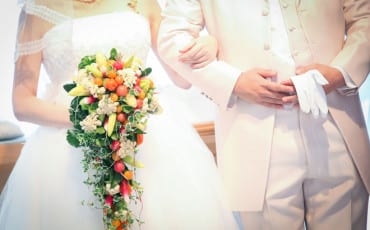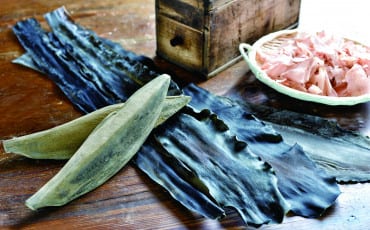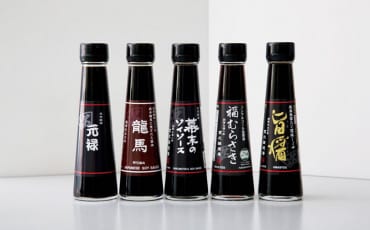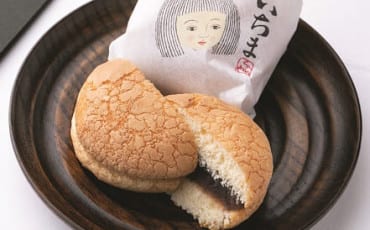Articles
Sake
Oct 1, 2014
Kirinzan Shuzo / A Toast To Remember
With over 170 years of history in perfecting the art of sake-making, Kirinzan Shuzo is one of the largest breweries in the Niigata prefecture. President Shuntaro Saito, the seventh-generation owner of Kirinzan Shuzo, shares the secrets behind the success of his family business.
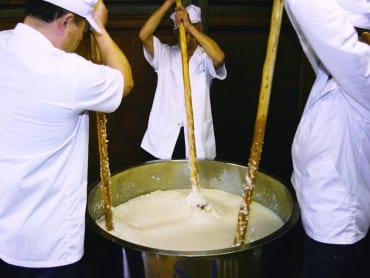

When Kichihei Saito, the second-generation head of Kirinzan Shuzo, changed his company’s direction to sake-making in 1842, it was a decision that made history. What had started as a charcoal manufacturing family business in the early 1800s turned into one of the biggest names in the sake brewing industry.
While Kirinzan Shuzo prides itself on using the finest rice varieties to produce their sake, the brewery hopes to soon use only the rice cultivated from the town of Aga-machi as part of their ongoing efforts to support the local agricultural community. Some of the rice varieties they use to produce quality sake include Gohyakumangoku, Takanenishiki and Koshitanrei, all of which cultivated locally and monitored by Kirinzan Shuzo.
Of course, rice is but one of the few key factors that make up the unmistakably pure, dry and light flavour of Kirinzan Shuzo sake.
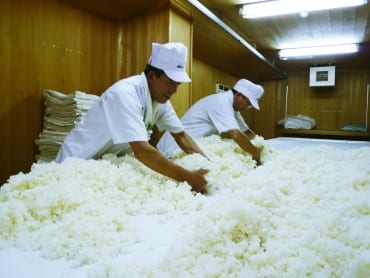
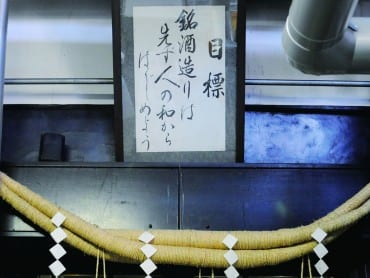
An Unparalleled Location
SBlessed with ideal climate conditions and a rich natural environment, Niigata prefecture is home to the largest number of sake breweries in Japan, producing some of the world’s finest sake. And that’s just icing on the cake for Kirinzan Shuzo. Based in Aga-machi in the northern part of Niigata prefecture, Kirinzan Shuzo is strategically located beneath the iconic Kirinzan Mountain – hence the name of the brewery – and surrounded by beech trees. Therein lies the two natural elements that support the production of fine sake for which Kirinzan is acclaimed: air and water.
Impurities in the air, such as germs and other micro-organisms, can interfere with the fermentation process during sake brewing, negatively affecting the taste and flavour of the final product. But that has never been a problem for Kirinzan Shuzo, thanks to the regular snowfall in this region during wintertime, which acts as nature’s air purifier. The use of soft water – water with a low mineral content – is another crucial factor in producing Kirinzan Shuzo’s clean, delicate sake. The beech trees that surround the brewery make for an ideal filtration system to “soften” the water, which flows into the nearby Tokonami River then stored underground.
“The consistently high quality of our sake is largely due to the use of beech-filtered water,” says Shuntaro Saito, president of Kirinzan Shuzo. “Close to 94 percent of this region is forested, and we’ve been actively preserving the beech forest to ensure that figure doesn’t change.”
The Changing Sake Palate
Before Saito took over his father to become the president of the company, Kirinzan Shuzo only produced a handful of sake varieties. Today, they boast 15 different kinds of sake, with an annual production capacity of 900,000 litres (or 555,000 bottles). “People’s tastes have changed. Not only do they want variety, they also prefer their sake slightly sweeter and more fragrant,” says Saito. “The amount of sake consumption has also gone down as compared to a decade ago, that’s why even one cup of sake has to be sufficiently impactful.”
Surely for Saito, whose family history is so steeped in sake brewing, his personal taste in sake must have evolved a fair bit over the years as well. Or perhaps not. “Good sake to me means sake I will never get tired of – if I drank it today, I would still hanker after it tomorrow,” he shares. “That’s why my favourite is our original label, Kirinzan Dento-karakuchi. The polishing process may have been slightly altered to suit today’s palate, but the taste is essentially the same – dry, light-bodied, and refreshingly sharp.”
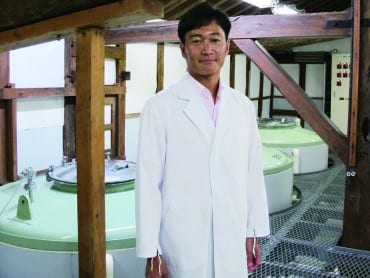
SAKE Story
For a taste of some of the finest sake, look no further than Kirinzan Shuzo.
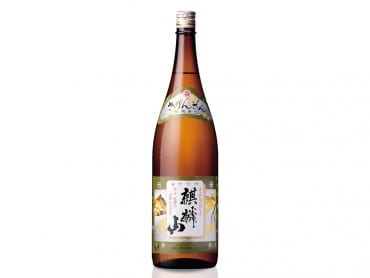
Kirinzan Dento Karakuchi
It is refreshing in the dry and moderate acidity. It is liquor with clear taste with lightness.
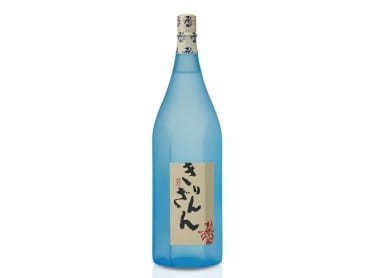
Kirinzan Jyunmai Daiginjyo Blue Bottle
Bracingly clean and laced with mild nuance of citrus goodness. A classic niigata sake made with the signature soft Niigata water. A beautiful bottle for a very beautiful product.
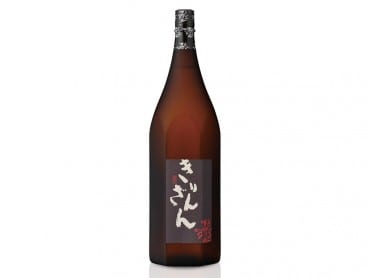
Kirinzan Junmai Ginjo Brown Bottle
Kirinzan Junmai Ginjo has a very smooth, harmonized in taste and fragrance. This brown bottle range of Kirinzan should be served cold for the best taste. Its dry taste is suitable for many Japanese dishes for special occasion.
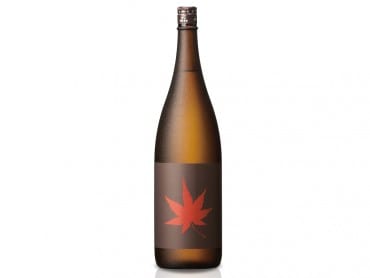
Kirinzan Momiji
Carefully aged three years in the bottle. Rich with lots of umami taste, smooth and mellow, pleasantly dry and well balanced in flavor. A very typical taste of Kirinzan Aged Sake. Perfect to pair with autumn dishes.
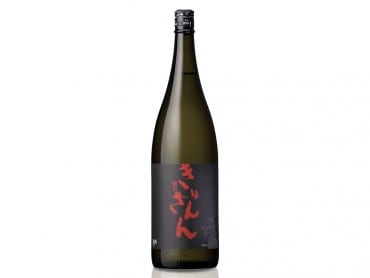
Kirinzan Honjozo Black Bottle
Moderate acidity, dry yet there is an appealing softness in the palate. Widespreading umami blends perfectly well with food. Best sake to have during meal . Brings out it best character when served warm to 45℃.
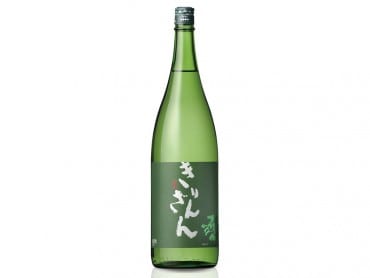
Kirinzan Junmai Green Bottle
Generally, a typical Junmai Shu is quite rich, heavy and strong yeast character however, this sake is surprisingly different in a way that it’s very fresh, light in the palate with just the right umami. Distinctive rice flavor and goes down smoothly leaving a very pleasant, clean aftertaste.
(Advertorial Sponsored by Orihara Shoten )

Orihara Shoten also stocks season-limited Namazake (生酒) , a non-pasteurised fresh sake; and Genshu (原酒), an undiluted sake as part of its lineup.

Orihara Shoten is located at
11 Unity Street, #01-02 Robertson Walk.
Tel: 6836 5710





